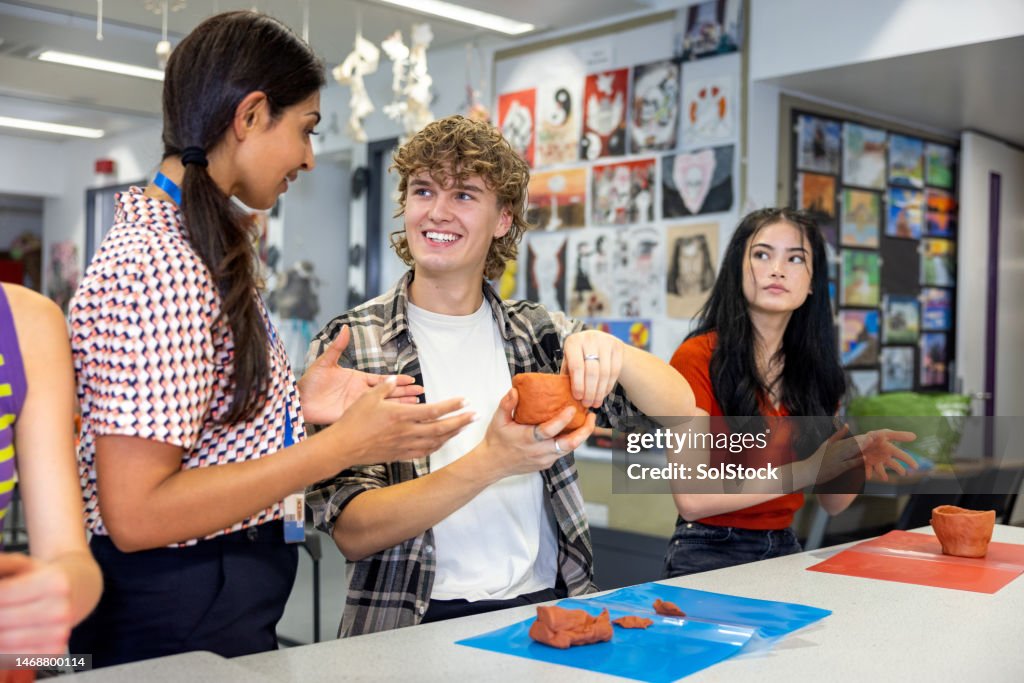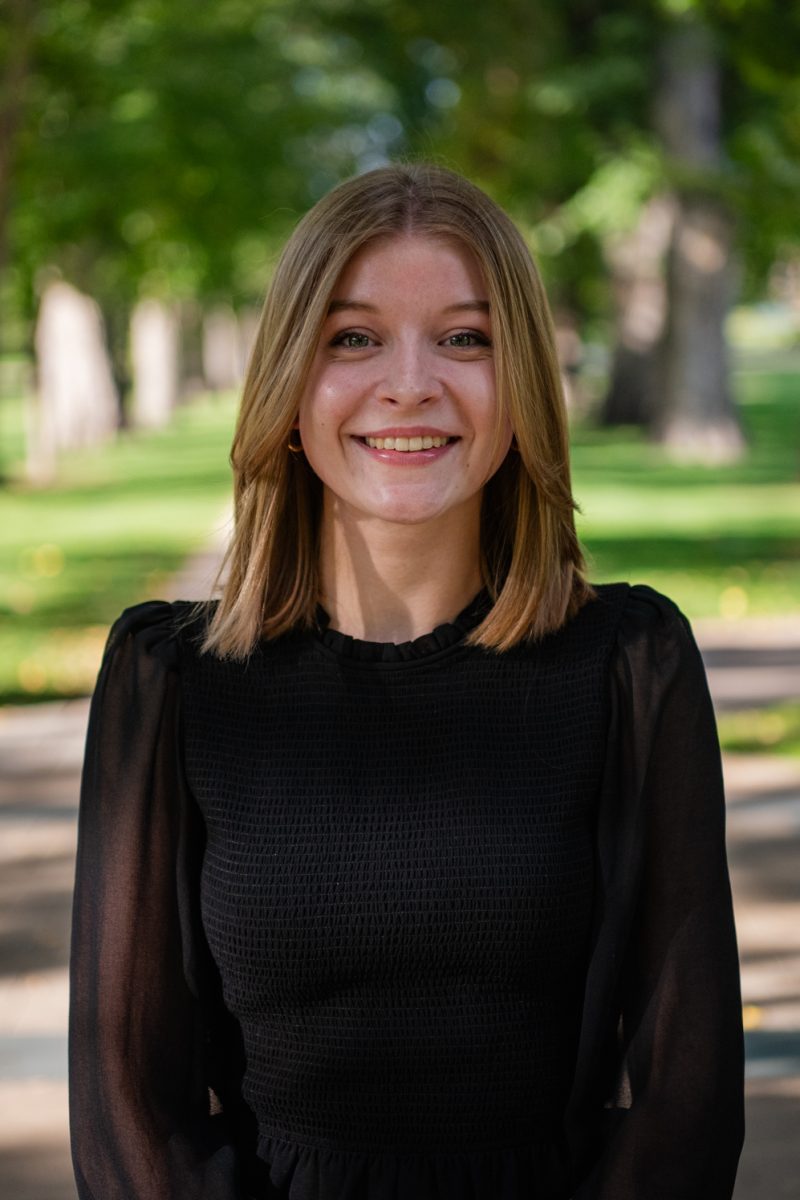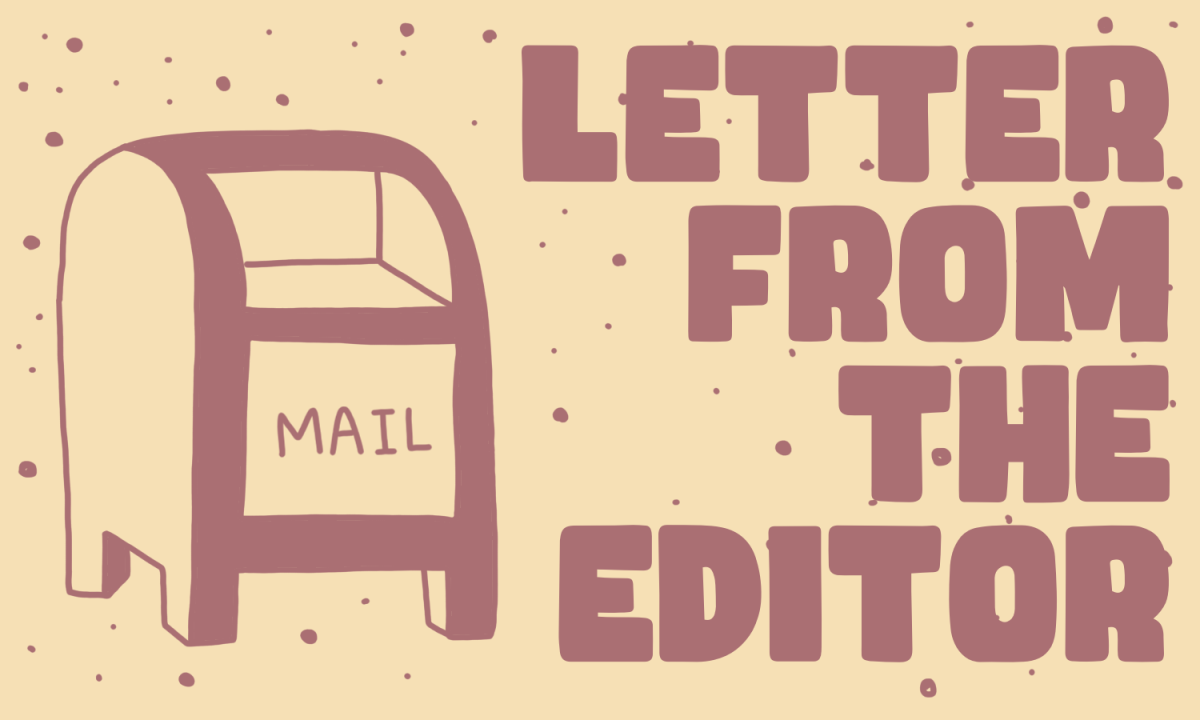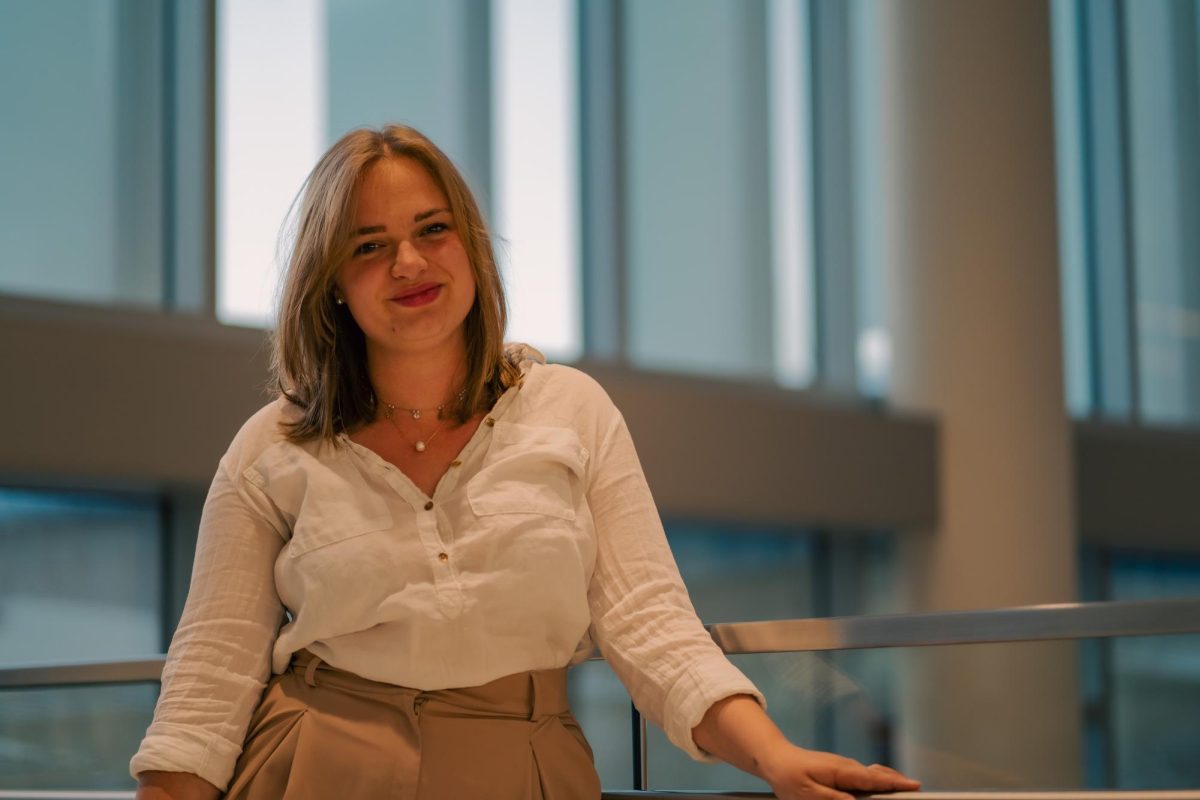For quite some time now, CSU’s new stadium has been a topic of heated debate among students, faculty and members of the Fort Collins community. Some students oppose it in anticipation of the consequential rising tuition costs and the demolition of commuter parking lots, yet others favor it for the aesthetic advantage it may give to our campus and football program, and the convenience of minimal travel to games.
Until recently, I thought I had heard nearly every possible argument regarding the stadium—repeated through protests, headlines and even essay prompts—and it is for this reason that I have hesitated to give mine.
Ad
During winter break, I found myself discussing the issue over brunch at a tea house with the girls of the family, including my cousin, Sarah Ashbaugh, who studies art at CSU. However, this time the conversation did not involve rising tuition or increasing traffic, but rather the grossly disproportionate allocation of university funding between the athletic and art departments. The discrepancy has never been more evident, and the stadium is only a manifestation of the unbalanced and discriminatory priorities of university spending.
Over half of commuter “Z lot” parking near the art department has been torn up since the beginning of the stadium’s construction, leaving the art students with little choice but to use the 15 minute loading zones to haul their materials inside and re-park their cars blocks away. In my cousin’s case, a nearby hotel is her best bet for inexpensive parking on school days.
The university’s annual “Z lot” parking passes rose to an unreasonable $407 this year, which is comparable to a cheap month’s rent in Fort Collins. As if that weren’t enough to deter students from parking on campus, most parking off Lake Street is now “A lot” faculty parking, which increases competition for spaces among students with parking passes. Given the lack of commuter parking spots and rising parking pass costs, many art students are resorting to nearby businesses and off-street parking to get to campus.
“There is much more planning required now to move your things back and forth from the studio,” Ashbaugh said. “Being able to load stuff is a lot harder now, so being on time to class is affected.”
Not only is transporting materials during school now a chore, but the art students will likely not be able to get to the studio before or during football games when the stadium is finished, due to heavy traffic and full parking lots. Ashbaugh spends a good amount of her time in the painting studio when she isn’t in class—typically in the evenings and on weekends—which unfortunately are typical game times in the fall.
Art students are already feeling the detrimental effects of the stadium in terms of construction. Aside from the parking and detour issues, the constant beeping is a distraction if they want to open the doors for fresh air or look outside for inspiration—which is no longer a possibility due to the exchange of trees for orange construction plastic. Seeing as the relatively subtle noise of construction is already distracting, art students fear the noise of football games might be too overwhelming to concentrate.
“It’s a daily reminder that we’re at the bottom of the food chain,” said Carolyn Stern, a CSU art student. “I’m concerned what game day will mean for the functionality of the building.”
Meanwhile, amid the hundreds of millions of dollars in construction, the art department has a serious need for renovation—particularly the drawing and painting rooms. Pipes stretch across the ceiling of the painting studio, blocking the artificial lights that illuminate the tiny space. According to the art students, just 15 of them using the studio at once pushes the studio’s capacity.
“What we really need is natural light, but any sunshine coming through skylights would probably be blocked by the stadium, and we need the wall space so windows wouldn’t really help,” Ashbaugh said. “It’s ironic because painting is all about light and color, yet we paint in a gray, cave-like building.”
Ad
Although the digital aspects of the art department have been renovated, the dimness of the drawing and painting studios is claustrophobic and gloomy, leaving students with a scarce source of necessary light to complete projects, as well as inspiration other than pictures and their thoughts. Because of this, the juxtaposition of the neighboring soon-to-be stadium is almost comical in its blatancy.
The university’s priorities have become evident this school year, and it seems that the arts no longer compete with just the math and science departments in terms of acquiring funding. The fact that CSU’s athletic program takes this degree of precedence over its art department is appalling, and I think the reality of the stadium would look very different if the engineering building were located across the street from its construction instead.
Collegian Columnist Laurel Thompson can be reached at letters@collegian.com or on Twitter @laurelanne1996.













Chunk • Feb 6, 2016 at 7:24 pm
The stadium did help to reveal CSU’s true priorities, as did the partnership with INTO and all of this Todos Santos stuff. The days of the university focused solely on education and public good are gone; the time for corporate involvement (cum oversight) is nigh.
Dana Hayes • Feb 3, 2016 at 6:22 am
As an alumni of the CSU art department, I really resonate with this. We didn’t have HEAT in our studio one winter, and class time was spent cleaning up after burst pipes. The next year the stadium got the green light. I now encourage students interested in art to attend UNC Greeley, with 3 buildings devoted to the arts alone, and much cheaper tuition.
remken • Feb 2, 2016 at 9:01 pm
Well balanced article bringing another good prospective to higher education vs the athletic field of dreams!